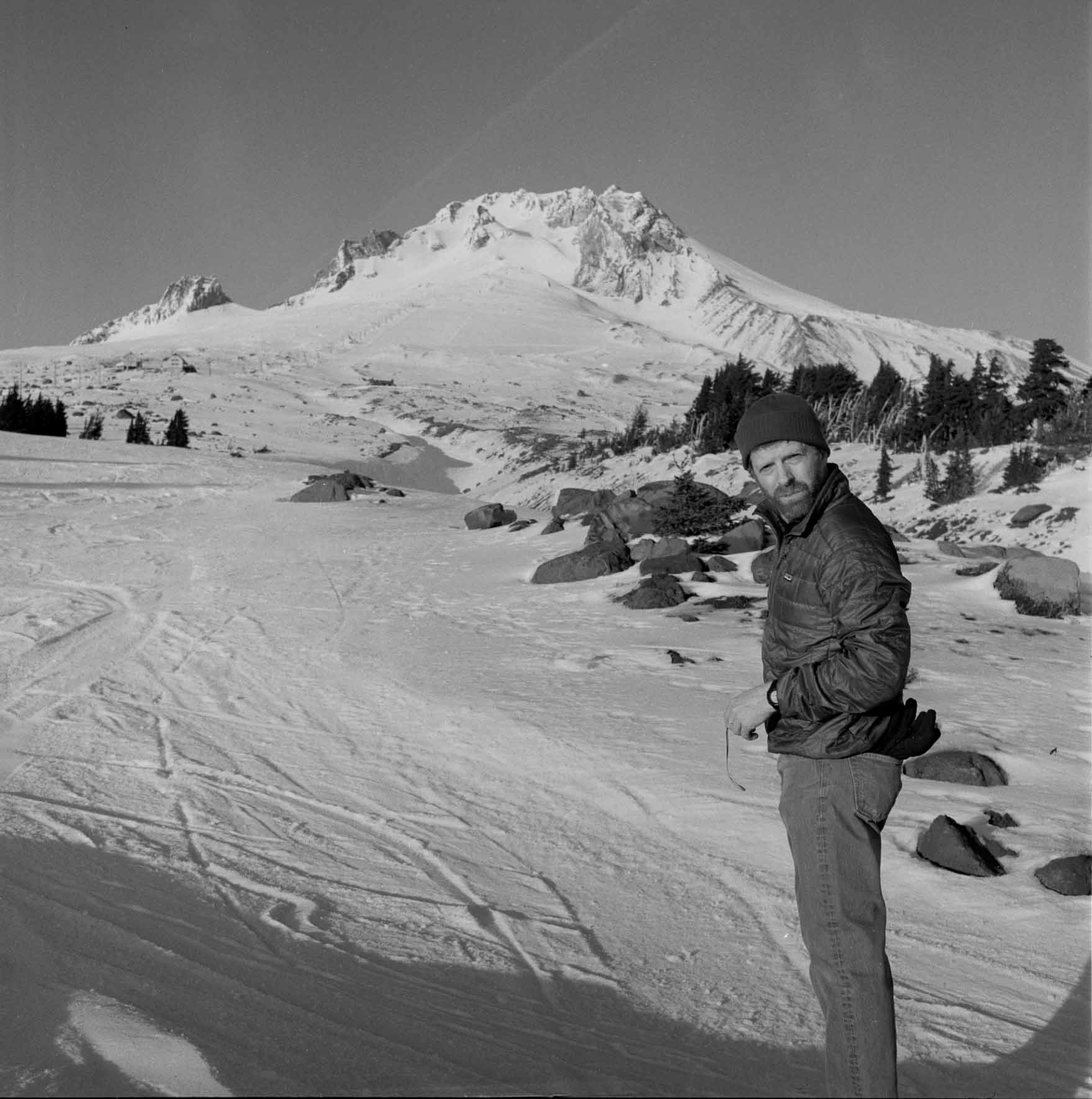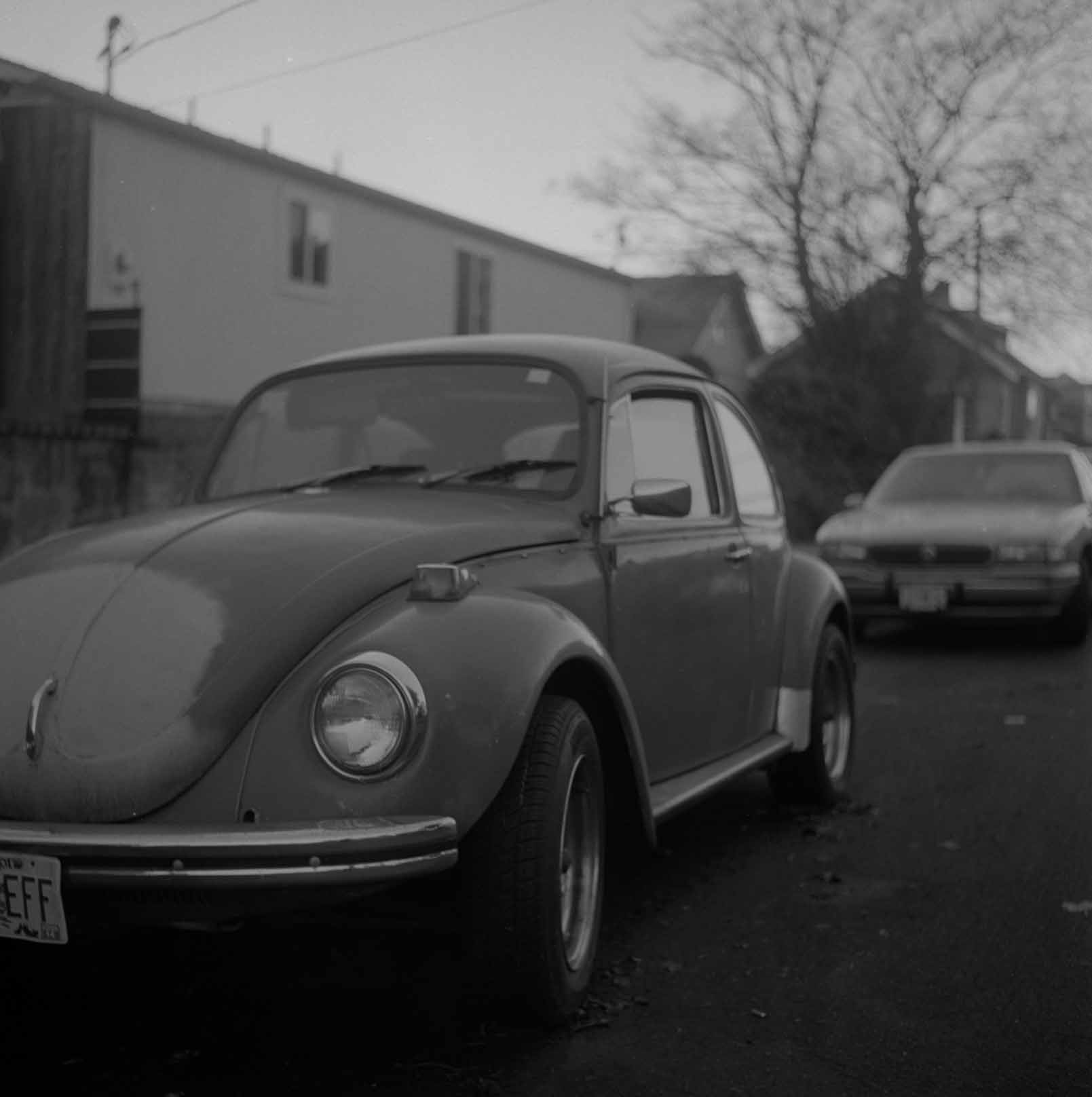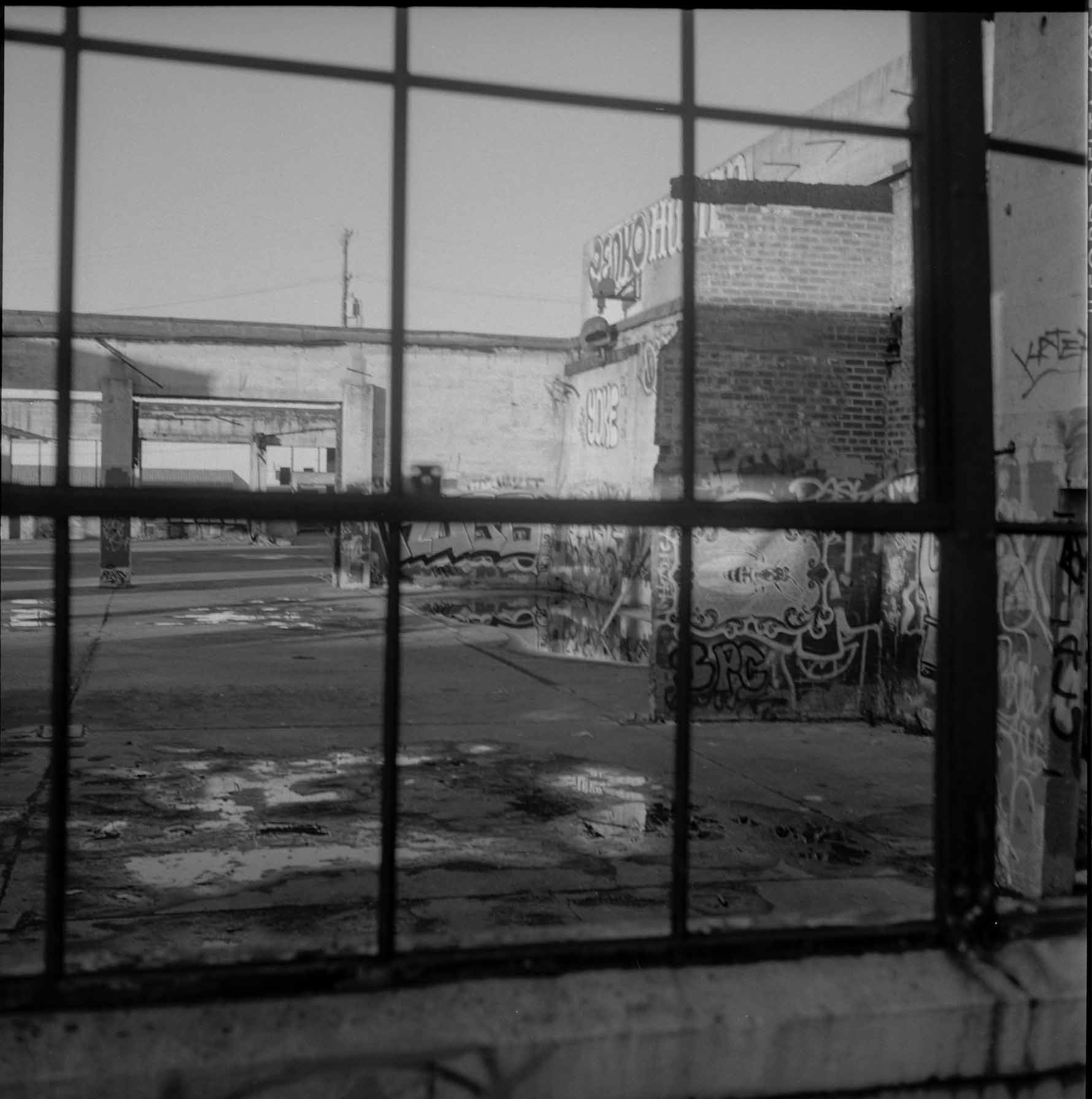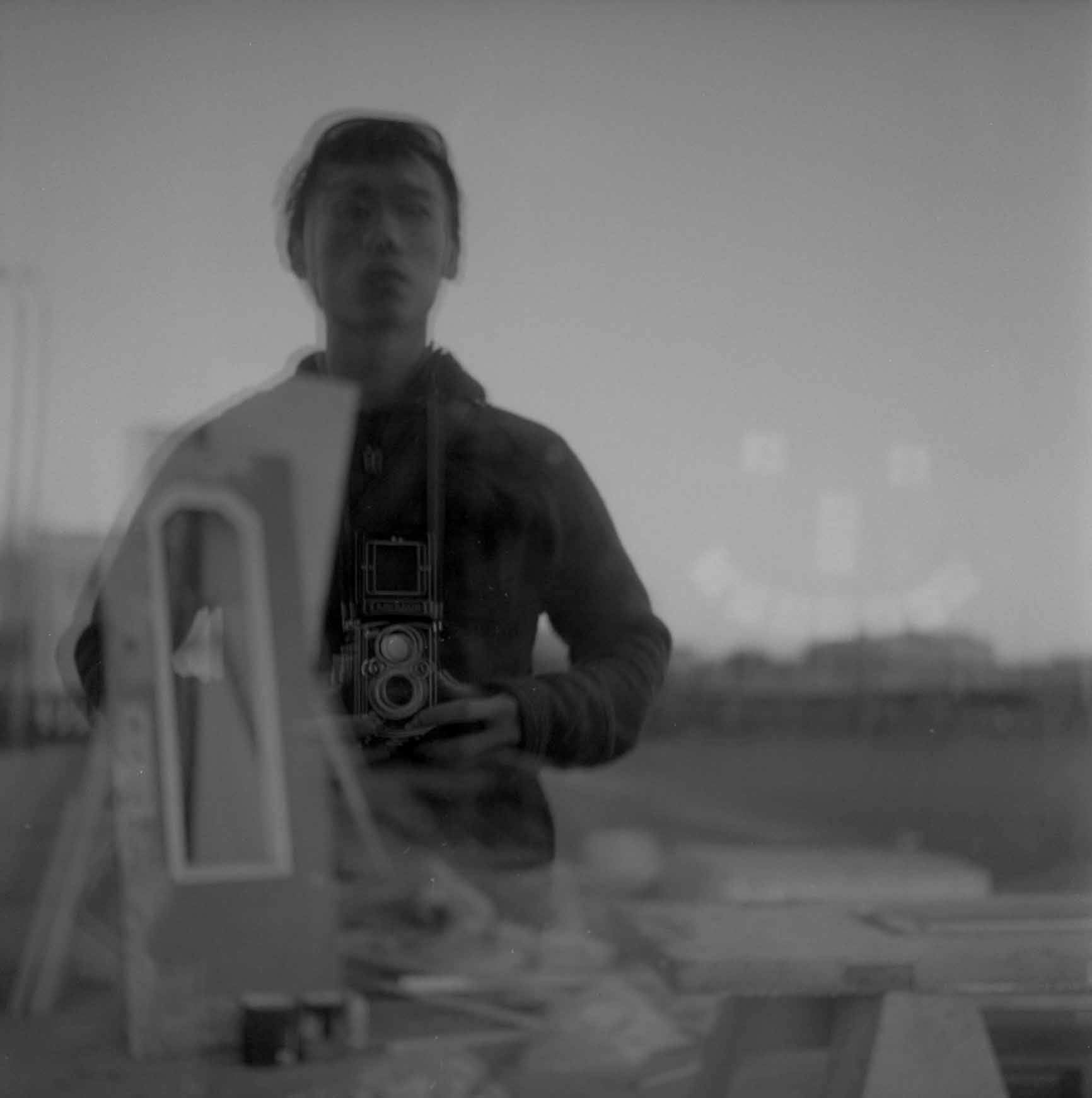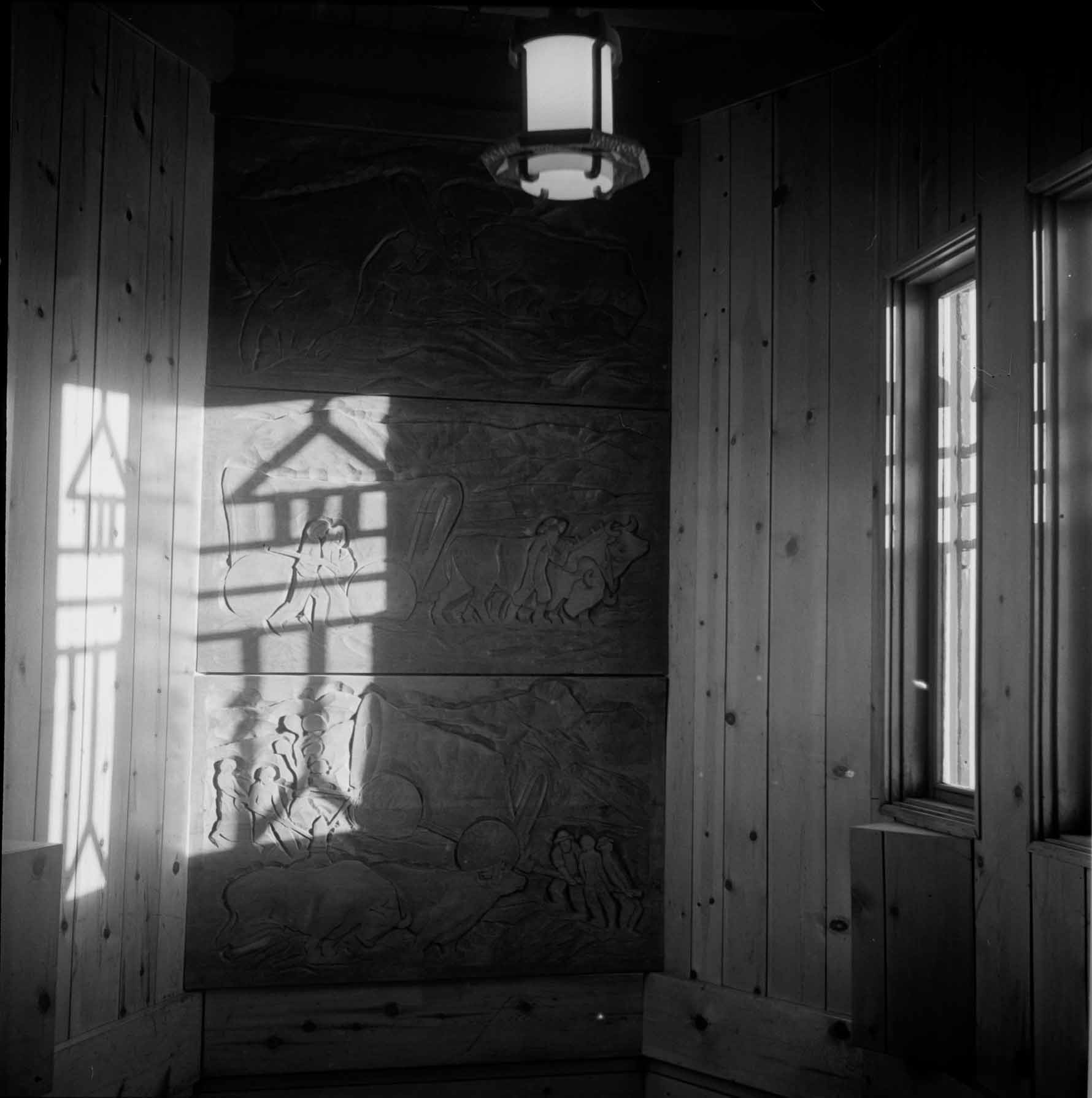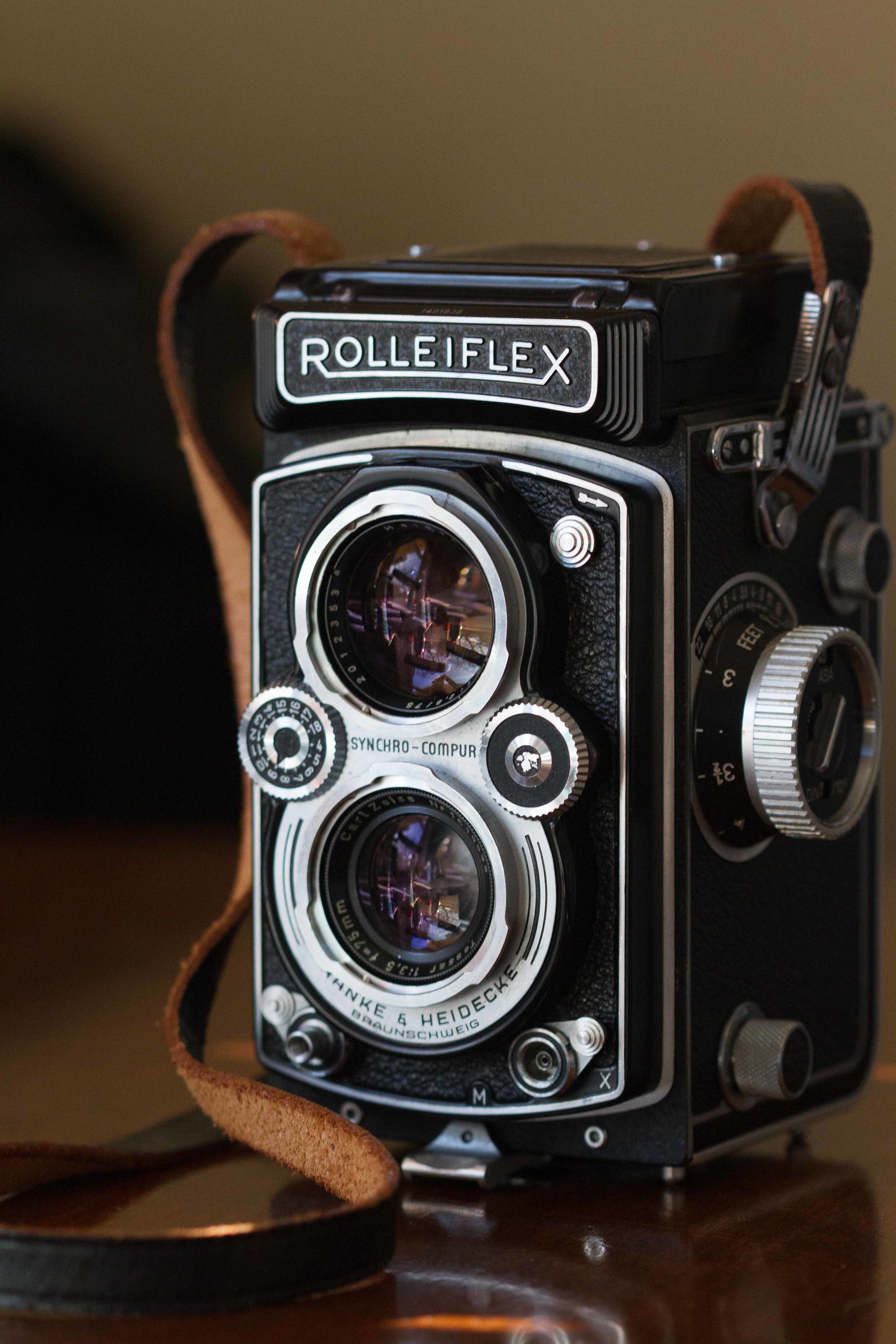Several weeks ago, I decided to satisfy the photography gear itch and started looking for a TLR camera. I have always been curious about these cameras because they look really cool, really old, and are medium format. Because of the age of this style of camera, finding one in good condition, both mechanically and cosmetically, is quite challenging.
First, a little background info on TLRs. TLR stands for Twin Lens Reflex. Most camera these days are SLR - Single Lens Reflex. With SLRs, light enters the lens, gets bounced around a pentaprism, and turned right-side up through an eye-piece for the user to see. With a Twin Lens Reflex, there are two lenses - one for viewing and one for taking. The viewing lens has a single mirror behind it and reflects the image up to a piece of ground glass for viewing. The bottom taking lens, which also contains the leaf shutter, projects the image onto the film. Because the twin lenses are in close proximity, the taking lens produces an image similar to what is shown in the viewfinder. But because the lenses are slightly offset, TLR's suffers from a parallax error at close distances. These cameras were popular before the pentaprism was refined enough for practical photography use. TLR's still have some advantages, such as their mechanic simplicity, quiet shutters and no shutter lag. Personally, I love looking at images on a ground glass, and the fact that the taking and viewing lens is different. There's not a definitive way to see what your photos will look like, and the mystery is fun!
After scouring Ebay for a couple weeks, I eventually found a Rolleiflex Automat MX-EVS with a Carl Zeiss Tessar 75mm f/3.5 lens. It was in pretty amazing condition. This particular model was made between 1952 and 1956, and was the first model to couple the shutter speed and aperture dial according to Exposure Value (hence EVS). Rolleiflex's in particular are built like tanks, and are a thing of mechanical beauty. The way everything perfectly fits together and the smooth, solid movements of the knobs and switches are just spectacular. It came from an estate sale, which is always a crap shoot (the sellers usually don't know much about cameras....) But luckily, everything worked perfectly - the shutter fires accurately at all speeds, the film transport works correctly, focus is accurate. The only issue was that the rear elements of the taking lens had some fungus growing on it (gross), which manifests itself as a white web looking thing.
I took the Rolleiflex to Mark Hansen, who specializes in TLR repairs and is based right here in Portland, Oregon. Check him out at http://www.zeissikonrolleirepair.com/. He did a great job cleaning the fungus, and even cleaned the mirror/ground glass. His rates are very reasonable and got the work done super quick. I did have to open up the lens again to clean out some dust and hair that got in there. I fashioned a makeshift friction tool using an empty film canister with a rubber washer glued to the bottom. Now that all that is taken care of, I have an absolutely beautiful Rolleiflex.
After cleaning the lens and body, I finally shot a roll with the Rolleiflex. It's always exciting, yet nerve-racking, to shoot the first roll on a new camera, but I love how the pictures turned out. I took it on a hike at Mt. Hood with my buddy Tom, as well as wondered around town to take some street shots. I just love shooting medium format. If you have a chance to get a Rolleiflex, DO IT. Be warned though - these cameras stand out like crazy. Every time I take it out of my bag, someone comments on it. I don't mind though - I love geeking out about photography stuff. Check out the photos of my test roll in the gallery below!
